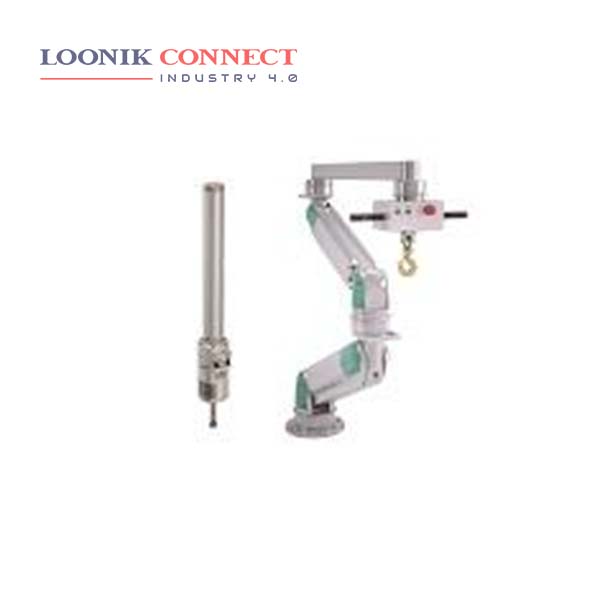Assistive devices are external devices that are designed, made, or adapted to assist a person to perform a particular task. Many people with disabilities depend on assistive devices to enable them to carry out daily activities and participate actively and productively in community life. magnifiers, talking devices such as a talking thermostat, Braille displays, screen reading software, text-to-speech systems using Optical Character Recognition (OCR), large print materials, and. phones with large tactile buttons.
Assistive technology helps people who have difficulty speaking, typing, writing, remembering, pointing, seeing, hearing, learning, walking, and many other things. Different disabilities require different assistive technologies. Assistive technology devices and services enable people to: exercise greater control over their lives; participate in and contribute more fully to activities in their homes, schools, places of employment and communities; increase their interactions with people who do not have disabilities; and to otherwise benefit from .
Assistive technology is a tool that is intended to allow people with various disabilities and limitations to have easier access to activities of daily living, which includes education. Arguably, the first “technology” that was developed for people with low vision was the magnifying lens, and the first technology that was developed for people who are blind was braille.










